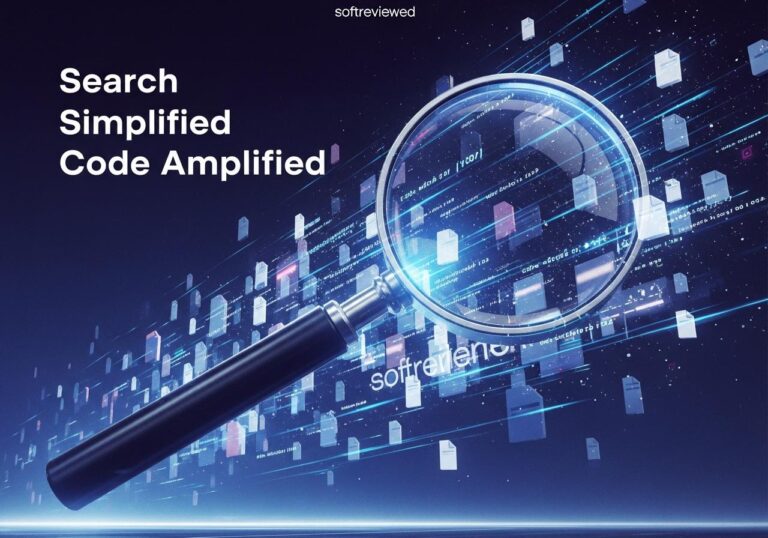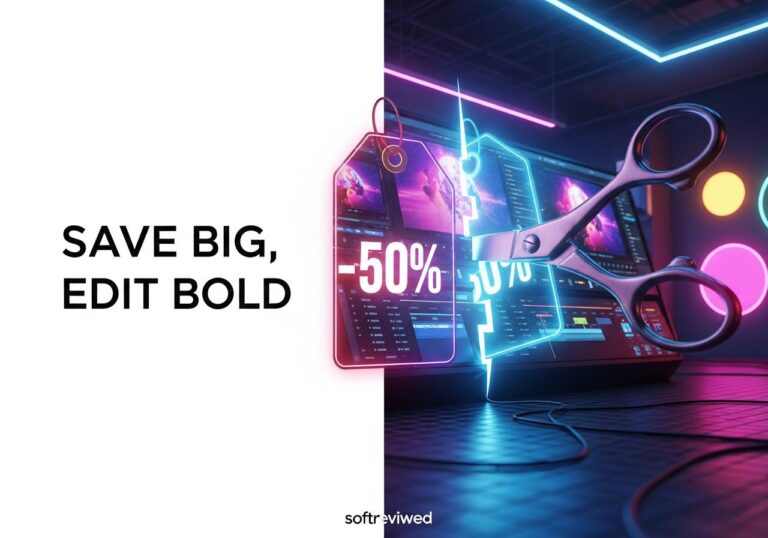MiniMax M1
The One Million Context Window Open Source Model
📚 1M Token Context Window
Process entire books and lengthy documents in single passes while maintaining exceptional reasoning accuracy across the full context, enabling deeper analysis of complex materials.
📝 80K Token Output
Generate extensive, detailed responses to address complex multi-step reasoning tasks, creating comprehensive documents, analyses, and solutions without breaking continuity.
⚡ Hybrid MoE + Lightning Attention
Combines advanced Mixture-of-Experts architecture with optimized attention mechanisms to deliver exceptional efficiency and speed while processing massive context windows.
💰 $534K Training Cost
Developed at a fraction of the cost of multimillion-dollar models, accelerating open-source AI progress and demonstrating efficient resource utilization in AI development.
🧠 CISPO Reinforcement Learning
Custom pipeline specifically enhances reasoning capabilities without sacrificing creativity, trained extensively on challenging mathematics and coding tasks for superior problem-solving.
🏆 Outperforms GPT-4 & Claude
Excels in benchmarks for coding (68.3% on FullStackBench), mathematics (86% on AIME), and long-context tasks, surpassing industry leaders in critical reasoning domains.
Just when it seemed the AI race was a game reserved for titans spending hundreds of millions on training, a new model has emerged that completely reshuffles the deck. Meet MiniMax M1, a powerful, open-source Large Language Model (LLM) from Shanghai-based startup MiniMax. It boasts a colossal 1 million token context window, but its most stunning feature isn't just its memory; it's the price tag for its advanced training: a mere $535,000. This development isn't just an incremental update; it’s a potential paradigm shift, challenging the idea that cutting-edge AI requires astronomical investment.
A New Challenger Enters the High-Stakes AI Arena
For the past few years, the narrative around top-tier AI has been dominated by a few key players and their massive, closed-source models. Suddenly, MiniMax, a company previously noted in the West for its realistic video generation technology, has made a huge splash in the LLM space. By releasing M1 under a permissive Apache 2.0 license, they aren't just showcasing their technology; they're handing the keys to developers, researchers, and businesses across the globe.
This move signals a significant acceleration in making high-performance AI accessible to all. There are no fees and no usage restrictions—just the freedom to build, customize, and deploy a model that rivals some of the industry's best.
What's the Story Behind MiniMax M1? A Closer Look
At its core, MiniMax M1 is a Large Language Model, but it's engineered differently. Its standout features are its massive memory and shocking efficiency, which are born from a clever combination of architectural design and novel algorithms.
👉 1 Million Input Tokens: The model can process up to 1 million tokens of information in a single instance. For perspective, that's roughly equivalent to the entire Harry Potter series.
👉 80,000 Output Tokens: It can generate responses up to 80,000 tokens long, enabling incredibly detailed and lengthy outputs without losing track of the initial context.
👉 Fully Open Source: Available on platforms like Hugging Face and GitHub, it’s free for both commercial and research use, allowing anyone to download and run it.
Beyond a Giant Memory: The Mixture-of-Experts Advantage
So, how can a model with a staggering 456 billion total parameters be so efficient? The answer lies in its Mixture-of-Experts (MoE) architecture.
Think of it like a team of 32 highly specialized experts. Instead of every expert working on every single part of a problem, only the most relevant handful are "activated" for a specific task. This is how M1 operates. For any given piece of information (a token), only a fraction of the model's total brainpower—around 46 billion parameters—is used. This approach dramatically cuts the computational cost and energy needed for both training and running the model.
The Secret Ingredients for Hyper-Efficiency: Lightning Attention and CISPO
Two key innovations are at the heart of M1's groundbreaking efficiency:
📌 Lightning Attention: The "attention mechanism" is how an AI model determines the importance of different words in a long text. As the text gets longer (like with a 1 million token context), this process can become incredibly slow and expensive. MiniMax created "Lightning Attention," a mechanism specifically designed to handle extremely long contexts without the usual computational bottleneck. This allows M1 to process massive amounts of text with surprising speed.
📌 CISPO (Clipped Importance Sampling Policy Optimization): This is MiniMax's unique reinforcement learning (RL) algorithm. RL is the training phase where a model learns to be more helpful and follow instructions better. Traditional methods for this can be unstable and costly. CISPO stabilizes this process by adjusting "sampling weights" instead of the token updates themselves, which leads to a much more efficient and effective training cycle.
The result of this smart engineering? The reinforcement learning phase for M1 was finished in just three weeks using 512 GPUs for a total cost of about $534,700. To put that number in context, the training for a similar model, DeepSeek R1, cost between $5-6 million, and early estimates for GPT-4 were well over $100 million.
Why a 1 Million Token Context Changes Everything
A 1 million token context window isn't just a bigger number on a spec sheet; it unlocks entirely new capabilities that were previously impractical or outright impossible. While models with 128k tokens can analyze a single novel, a 1M token model can analyze an entire collection of books, a massive software codebase, or years of financial reports in a single session.
This opens up a world of possibilities:
- Legal and Medical Analysis: Instantly summarize and find contradictions in thousands of pages of complex legal documents or a patient's entire medical history.
- Complex Codebases: Let a developer load an entire software project into the model's context to ask questions, debug intricate issues, or generate new, context-aware code.
- Deep Financial Research: Analyze years of quarterly earnings reports, shareholder letters, and market analysis to identify subtle, long-term trends.
- Hyper-Personalized Tutors: Create an AI tutor that remembers every previous conversation, question, and lesson to provide a truly continuous and personalized learning experience.
The ability to maintain such a long-range memory without losing the thread of conversation is a massive leap forward for AI's practical utility.
Performance Review: How Does M1 Measure Up?
A low training cost and a large context window are impressive, but performance is the ultimate test. According to published benchmarks, MiniMax M1 is a very strong competitor.
On long-context reasoning benchmarks, M1 reportedly outperforms leading models like Claude 3 Opus and OpenAI's GPT-4o, placing second only to Google's Gemini 1.5 Pro in some tests. Its efficiency is also staggering in practice: when generating a 100,000-token answer, it uses only about 25% of the computational power that a model like DeepSeek R1 would require.
Sizing Up the Competition
To understand where MiniMax M1 fits into the current AI ecosystem, here’s a high-level comparison with other prominent large-context models.
| Feature | MiniMax M1 | Google Gemini 1.5 Pro | Anthropic Claude 3 Opus | OpenAI GPT-4o |
|---|---|---|---|---|
| Input Context | 1,000,000 tokens | 1,000,000 tokens | 200,000 tokens | 128,000 tokens |
| Output Context | 80,000 tokens | Shorter reply limit | Not specified | Not specified |
| Architecture | Mixture-of-Experts (MoE) | Mixture-of-Experts (MoE) | Not specified | Not specified |
| Access | Open Source (Apache 2.0) | Proprietary (API) | Proprietary (API) | Proprietary (API) |
| Key Differentiator | Extreme training efficiency, open source access | Native multimodality | "Human-like" understanding | Speed and cost |
The Power of Open Source: Democratizing Elite AI
The release of MiniMax M1 as an open-source model is arguably its most impactful attribute. For years, the most powerful AI has been locked behind corporate APIs, giving a few large tech companies significant control over the pace and direction of innovation.
By making M1 freely available, MiniMax empowers a global community of developers, researchers, and startups to:
✅ Innovate Freely: Build new applications on top of a state-of-the-art foundation without paying recurring licensing fees.
✅ Ensure Privacy: Deploy the model on their own private infrastructure, keeping sensitive data completely secure.
✅ Customize and Fine-Tune: Adapt the model for highly specialized tasks, from specific scientific research to unique business workflows.
This move could trigger a wave of innovation from smaller players who were previously priced out of using elite-level AI models.
Charting the Course: What This Signals for AI's Next Chapter
MiniMax M1 is more than just a new product; it's a powerful proof of concept. It clearly demonstrates that progress in AI isn't just about building bigger and more expensive models. Smarter architecture, innovative algorithms, and a keen focus on efficiency can yield results that rival—and in some ways even exceed—the brute-force approach.
This could signal a welcome shift in the AI industry, where the focus moves from a "bigger is better" mindset to a "smarter is better" one. We may see more companies investing in algorithmic breakthroughs that reduce computational overhead, making powerful AI more sustainable and accessible for everyone.
A Glimpse of a Smarter AI Future?
It's still early days, but the arrival of MiniMax M1 feels like a significant moment. It challenges the established norms on multiple fronts: cost, accessibility, and efficiency. The model proves that a relatively small, well-funded startup can produce an AI that competes at the highest level, all while championing the collaborative spirit of open source.
By combining a massive 1 million token context window with an unprecedentedly low training cost and a fully open-source license, MiniMax hasn't just released another model. It has issued a bold statement: the future of advanced AI may not belong only to the giants, but to anyone with a brilliant idea and a smarter way to build it. 🚀







